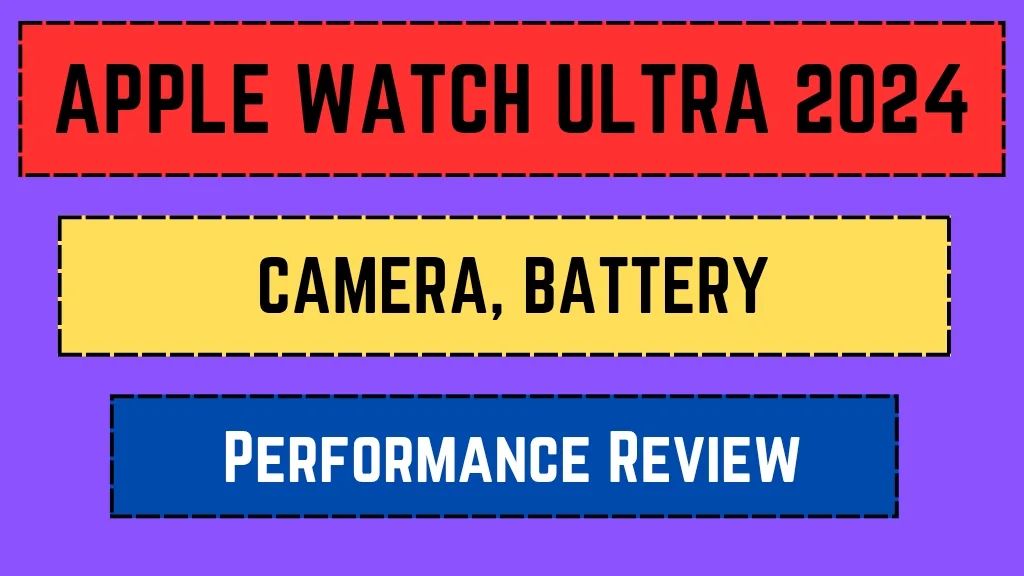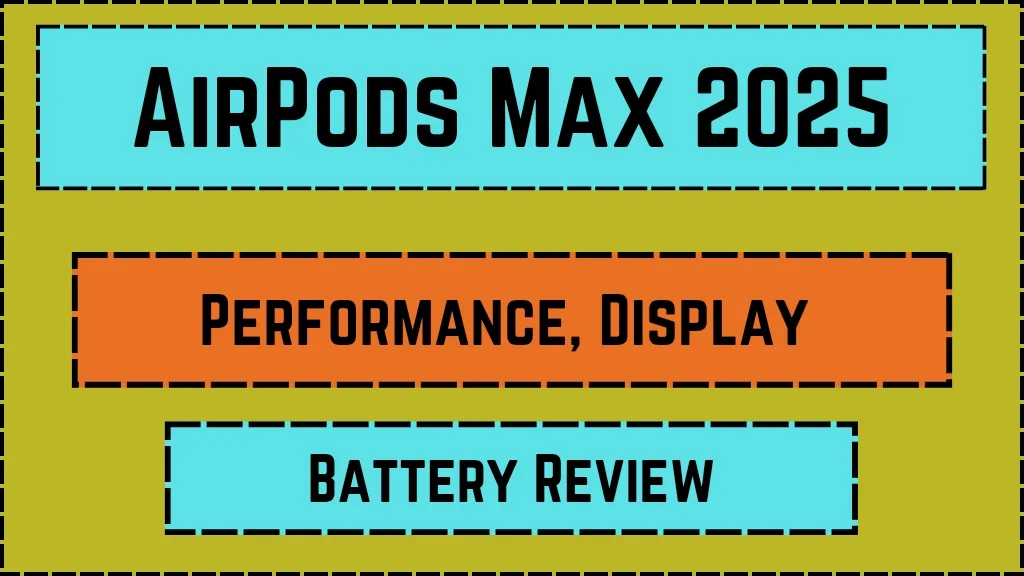The battle between flagship smartphones often comes down to two critical aspects—camera performance and software experience. In this in-depth comparison, we’ll analyze the OnePlus 11 and Google Pixel 8 Pro, two of the most talked-about Android devices of the year. While OnePlus has built a reputation for delivering high-performance hardware at competitive prices, Google’s Pixel series is renowned for its AI-powered computational photography and clean, bloat-free Android experience.
Both phones cater to different audiences—OnePlus appeals to power users who prioritize speed and customization, while Pixel devices attract photography enthusiasts who want the best point-and-shoot experience. But which one truly stands out when it comes to real-world camera performance, software optimization, and overall user experience? We’ll break down every key aspect, from low-light photography and portrait mode accuracy to software updates and AI features, to help you decide which flagship deserves your money.
Key Highlights
| Feature | OnePlus 11 | Google Pixel 8 Pro |
|---|---|---|
| Organization Name | OnePlus | |
| Main Camera Setup | 50MP + 48MP + 32MP | 50MP + 48MP + 48MP |
| Software | OxygenOS (Android 13) | Stock Android (Android 14) |
| AI Features | Hasselblad Color Calibration | Google Tensor G3 AI Enhancements |
| Official Website | oneplus.com | store.google.com |
Camera Performance: Hardware vs. Software
When it comes to smartphone photography, the OnePlus 11 and Google Pixel 8 Pro take fundamentally different approaches. The OnePlus 11 packs a triple-camera setup developed in partnership with Hasselblad, featuring a 50MP Sony IMX890 main sensor, a 48MP ultra-wide lens, and a 32MP telephoto shooter with 2x optical zoom. The hardware is undeniably powerful, and OnePlus has improved color science to deliver more natural-looking images. However, where the OnePlus 11 relies on hardware prowess, the Pixel 8 Pro leans heavily on Google’s industry-leading computational photography.
The Pixel 8 Pro also features a 50MP main sensor, but Google’s real magic lies in its AI-driven post-processing. Features like Super Res Zoom, Night Sight, and Real Tone ensure that photos look vibrant and detailed even in challenging lighting conditions. The Pixel’s 48MP telephoto lens offers 5x optical zoom, outperforming the OnePlus 11 in long-range shots. Additionally, Google’s Tensor G3 chip enhances HDR+ and motion stabilization, making the Pixel 8 Pro a clear winner for point-and-shoot photographers who don’t want to fiddle with manual settings.
Software & AI Features: OxygenOS vs. Stock Android
The software experience is another major differentiator between these two flagships. The OnePlus 11 runs OxygenOS, which is based on Android 13 (upgradable to Android 14). OxygenOS is known for its smooth performance, deep customization options, and gaming-friendly features like HyperBoost and Pro Gamer Mode. However, some users argue that recent OxygenOS updates have moved closer to ColorOS, losing some of its original minimalist appeal.
On the other hand, the Google Pixel 8 Pro runs pure Android 14, offering a clean, ad-free, and bloatware-free experience. Google’s Tensor G3 chip powers exclusive AI features like Magic Eraser, Photo Unblur, and Call Screen, which are not available on the OnePlus 11. The Pixel also guarantees longer software support, with seven years of OS updates, compared to four years for the OnePlus 11. If timely updates and AI-powered tools matter to you, the Pixel 8 Pro is the better choice.
Low-Light Photography & Video Capabilities
In low-light conditions, the Pixel 8 Pro’s Night Sight mode outperforms the OnePlus 11’s Nightscape. Google’s AI algorithms excel at brightening shadows, reducing noise, and preserving details without overexposing light sources. The OnePlus 11 does a decent job, but images sometimes appear oversharpened or unnaturally warm compared to the Pixel’s more balanced output.
For videography, both phones support 4K at 60fps, but the Pixel 8 Pro’s stabilization is superior, thanks to Google’s Tensor-powered HDR Net and Cinematic Pan. The OnePlus 11, however, offers Dolby Vision recording, which is absent on the Pixel. If professional-grade video is your priority, the OnePlus 11 might have a slight edge.
FAQs
1. Which phone has a better camera—OnePlus 11 or Pixel 8 Pro?
The Pixel 8 Pro wins in most photography scenarios due to Google’s superior AI processing, especially in low light and portrait modes. However, the OnePlus 11 offers better manual controls and Dolby Vision video recording.
2. Does the OnePlus 11 get as many software updates as the Pixel 8 Pro?
No, the Pixel 8 Pro receives seven years of updates, while the OnePlus 11 gets only four years of OS updates and five years of security patches.
3. Which phone is better for gaming—OnePlus 11 or Pixel 8 Pro?
The OnePlus 11 is better for gaming due to its Snapdragon 8 Gen 2 chipset, higher cooling efficiency, and gaming optimizations like HyperBoost.
Rahul Sharma is a Senior Tech Analyst specializing in mobile devices, with 8+ years of experience reviewing smartphones and wearables. Holding a degree in Electronics Engineering, he provides in-depth comparisons and buying guides. Rahul enjoys staying updated with the latest mobile tech trends and benchmarking performance metrics.


